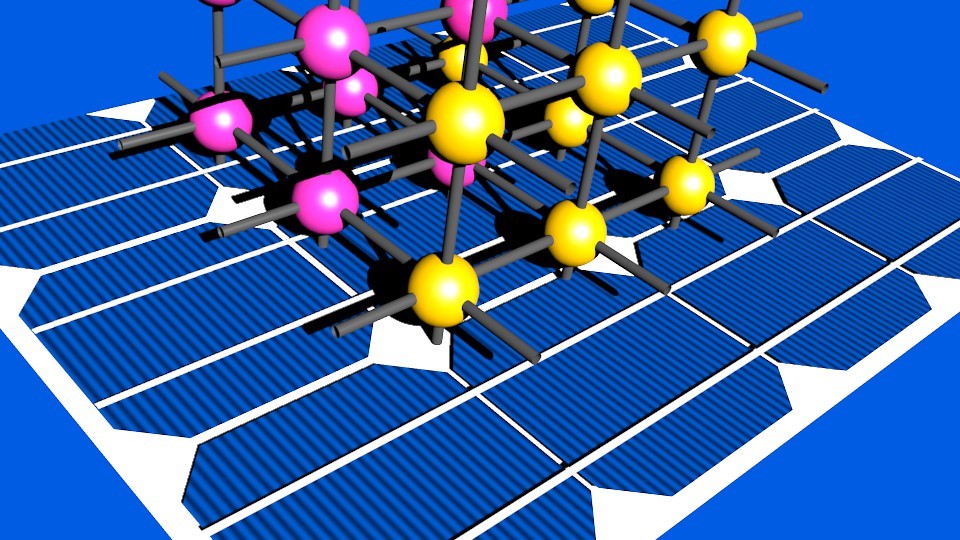Research
Research
What if the design of energy devices with new functionalities is done through a well-defined roadmap? This will certainly accelerate the discovery of new energy materials so much needed as an answer to the energy crisis.
Therefore, the goal of the group is to Re-Design energy materials with superior properties to makes them suitable for the use in energy conversion and storage in Germany and Europe. The Re-Design Strategy is fulfilled down to the Nanostructures level going from controlled synthesis to functions.
A big benefit of the group is the expertise in determining the composition and structure down to the atomic level. Even more, these can be cross-correlated with the functional properties. With that, we envision to determine an universal property map as a guide for reaching high-diversity of materials as found in nature and, finally, reaching devices with outstanding performances.
How the atomic redistribution in energy materials affects their functionalities?

For example, the efficiency of Cu(In,Ga)Se2 thin-film solar is doubled when the absorber layer is doped with alkalis such as Na and Rb. Why doping with alkalis has such a big beneficial effect on the cell performance? To answer this question, we need to understand to understand how these alkalis are redistributed inside the cell down to the interface level. Our recent studies conducted with the atom probe tomography showed that Rb and Na are mainly found segregated at the grain boundaries as given in the 3D reconstruction above. This finding had opened a new research topic in the group as to understand the role of grain boundaries in the absorber layer of a thin-film solar cell. The key results obtained by atom probe tomography are cross-correlated with other (microscopy) techniques so that composition-property relationships can be established.


